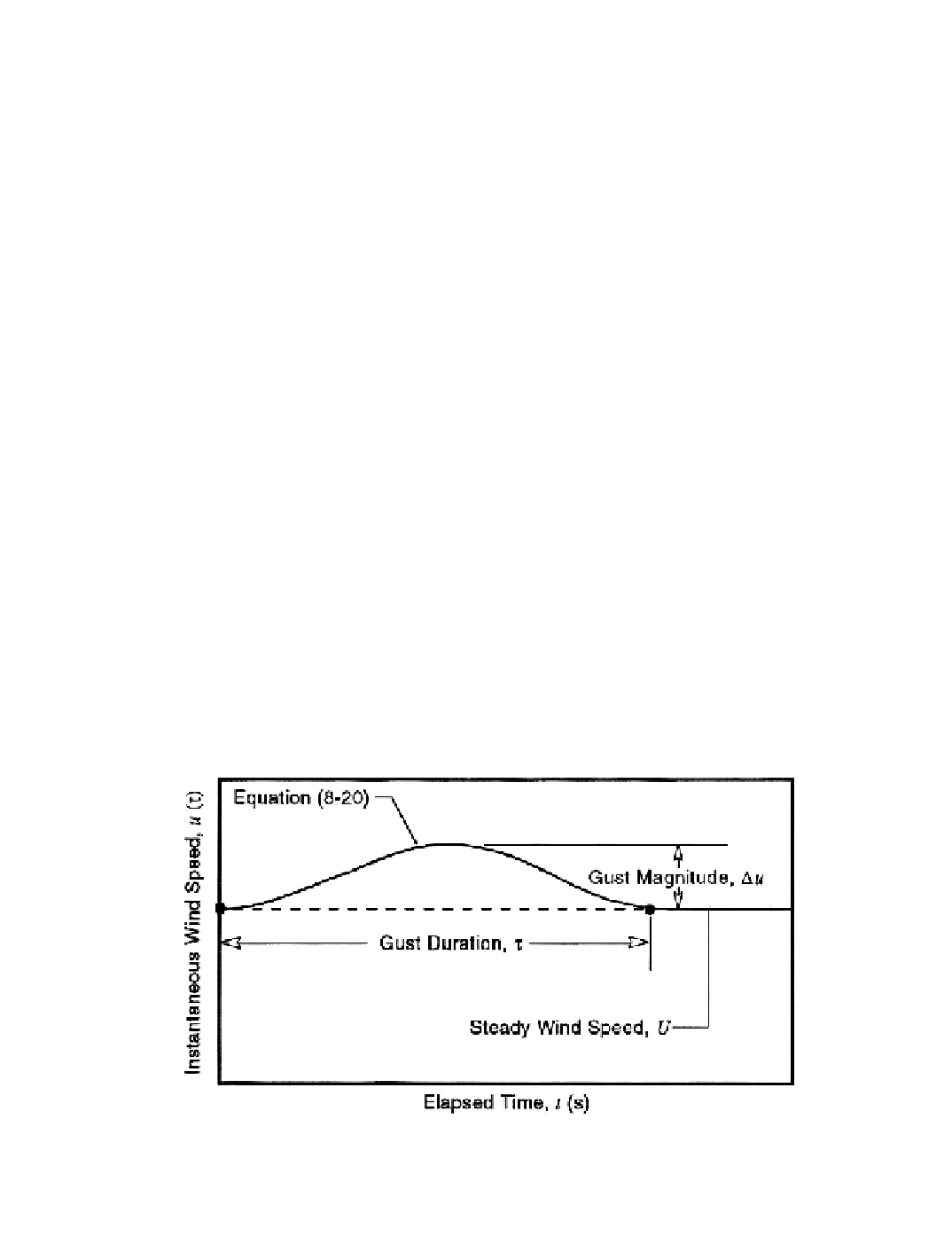Environmental Engineering Reference
In-Depth Information
Turbulence Spectra Over Complex Terrain
No well-formed theory is currently available with which to predict quantitatively the
effects of complex terrain on turbulence spectra. Panofsky
et al.
[1982] provide the
following general observations:
--
Lower frequencies of the spectrum of horizontal turbulence (roughly h < 0.1) are
affected by the upwind terrain. In this respect, there are important differences among
spectra associated with various types of terrain. For example, smaller “eddies” from
upwind terrain features appear to persist longer than larger eddies.
--
In the surface boundary layer, higher-frequency spectra (wavelengths much less than
the fetch length over the changed terrain) are in local equilibrium, so methods for
estimating spectral characteristics over uniform terrain apply.
--
Since vertical velocity fluctuations (in contrast to horizontal fluctuations) have most of
their energy at relatively high frequencies, their spectra over complex terrain closely
resemble those over uniform terrain.
Discrete Gust Models
A discrete gust is typically defined in terms of a
magnitude
(maximum change from
the steady wind speed), a
duration
(period of time during which the wind speed differs from
the steady wind speed), and a
shape function
which gives the variation of wind speed with
time during the gust. The shape function defines the rate of build-up and decay of the gust.
A classic example is the
one-minus-cosine
shape function shown in Figure 8-20, in which
(8-20)
u
(
t
) =
U
+ 0.5D
u
[1 - cos(2p
t
/t)]
where
D
u
= magnitude of the gust; positive
(up gust)
or negative
(down gust)
(m/s)
t
= elapsed time from start of gust (s)
t
= gust duration or period (s)
Figure 8-20. The idealized “one-minus-cosine” model of a discrete gust.

Search WWH ::

Custom Search